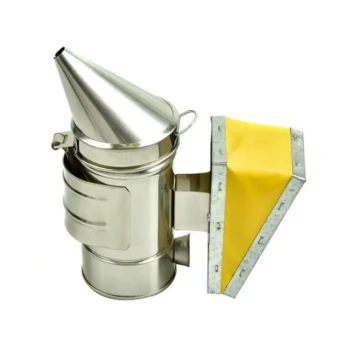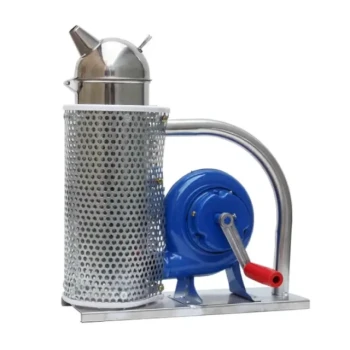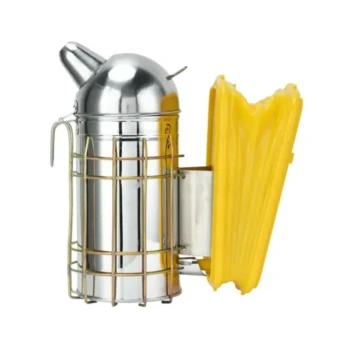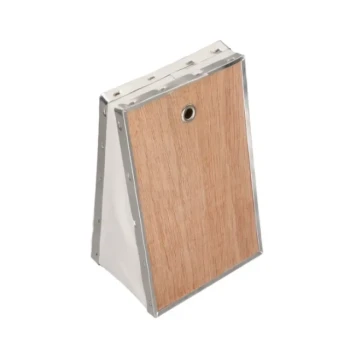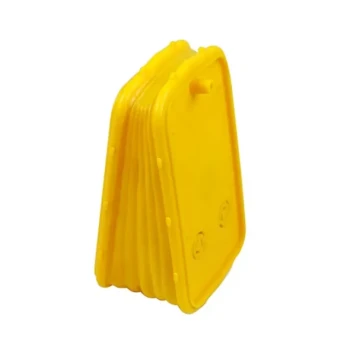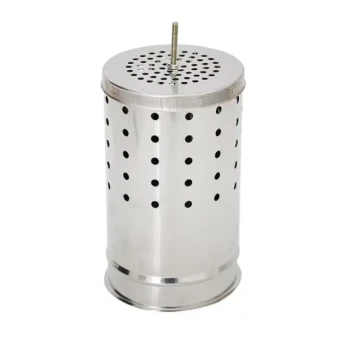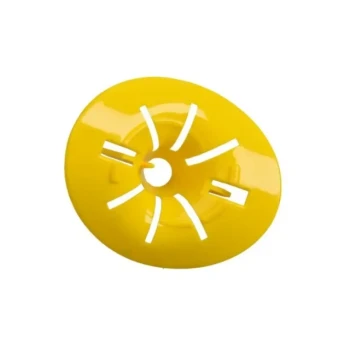For a bee hive smoker, you should use natural, untreated materials that produce a cool, thick smoke. Common and effective fuels include pine needles, untreated burlap or cotton rags, wood shavings, punk (rotten) wood, dried leaves, and cardboard egg cartons. The key is to select materials that are free from chemicals, plastics, or glues that could harm your bees.
The most effective smoker isn't filled with a single 'best' fuel, but layered with two types: a fast-burning kindling to start the fire easily, and a slow-burning main fuel to produce a steady, cool smoke for the duration of your inspection.
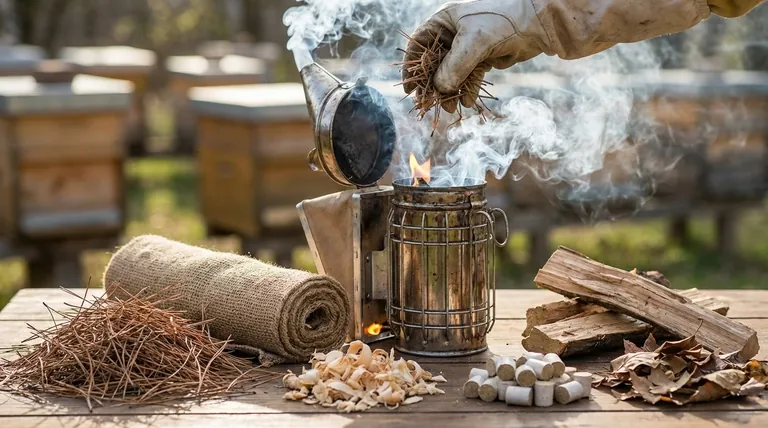
The Principles of Good Smoker Fuel
The goal of smoking a hive is not to sedate the bees with a specific chemical, but to trigger their natural response to a potential fire. The smoke masks alarm pheromones and encourages them to eat honey, making them calmer and less defensive.
Prioritize Cool, White Smoke
The ideal output from your smoker is thick, cool, white smoke. Hot smoke or open flames will anger and harm the bees, achieving the opposite of your intended goal.
You must wait until your fuel is smoldering well, not actively burning, before puffing it into the hive.
Ensure It's Natural and Untreated
Your bees' health is paramount. Never use fuels containing chemicals, inks, glues, or synthetic materials.
This means avoiding glossy paper, treated twine, pressure-treated wood, or any material that might release toxic fumes when burned. Always stick to raw, natural materials.
Balance Burn Time and Ease of Lighting
Different fuels have different properties. Some light very easily but burn out quickly, while others are difficult to light but will smolder for a long time.
A successful approach involves using both types. You start with an easy-to-light material and then add a longer-lasting fuel on top once a good bed of embers is established.
A Practical Guide to Smoker Fuels
Think of filling your smoker as a two-stage process: starting the fire and then sustaining it.
For Starting the Fire (Kindling)
Kindling is fuel that catches fire easily with a match or lighter. Its job is to create the initial embers needed to ignite your main fuel.
Excellent kindling options include:
- Pine Needles: Abundant and light instantly, but burn very fast.
- Crumpled Newspaper or Cardboard: Use sparingly and ensure it's free of colored inks or glossy coatings. Paper egg cartons are a great choice.
- Untreated Burlap or Twine: Natural fibers like burlap (Hessian fabric) or bailer twine catch fire well.
- Dry Leaves: A readily available option, though they also burn quickly.
For Sustaining the Smoke (Main Fuel)
This is the fuel that does the real work. It smolders slowly, producing a consistent, cool smoke. Add this only after your kindling has created a solid base of hot embers.
Reliable main fuel options include:
- Punk Wood or Rotten Wood: Decomposed wood is a beekeeper's favorite because it smolders for a very long time and produces excellent smoke.
- Wood Shavings or Small Chips: Denser than kindling, these provide a long, steady burn.
- Bark or Corn Cobs: Dense materials like these offer extended burn times for long hive inspections.
- Commercial Fuels: Compressed cotton or pulped paper pellets are designed specifically for smokers and offer great consistency.
Specialty Fuels for Enhanced Calming
Some beekeepers add specific dried herbs on top of their main fuel for added effect or a pleasant aroma.
Materials like dried sumac bobs or pellets made from hop flowers (which contain the sedative lupulin) are reported to have an enhanced calming effect on bees.
Understanding the Trade-offs
Choosing a fuel is not without its considerations. Being aware of the potential downsides of each choice is critical for smooth hive management.
The Problem with Damp Fuel
Fuel that is even slightly damp will be extremely difficult to light and keep lit. It produces more steam than smoke and will likely go out mid-inspection, creating a significant frustration. Always use bone-dry materials.
The Risk of Purely Fast-Burning Fuels
Relying only on a fuel like pine needles or paper means you will be constantly tending to and reloading your smoker. This distracts you from the hive inspection and increases the risk of the smoker going out at a critical moment.
The Danger of Treated Materials
It bears repeating: the biggest mistake is using a material that harms your bees. Cardboard with shipping labels, plastic tape, or glossy finishes, along with treated wood or twine, can release poisons into the hive. When in doubt, do not use it.
Making the Right Choice for Your Goal
Your fuel combination should match the task at hand. Layering is always the best practice, but the ratio of kindling to main fuel can change based on your needs.
- If your primary focus is a quick, five-minute inspection: A generous handful of pine needles or a burlap strip may be all you need.
- If your primary focus is working multiple hives over an hour or more: Build a solid base of punk wood or wood shavings on top of your kindling for a long, consistent burn.
- If your primary focus is managing a particularly defensive hive: Consider topping your fuel with a calming agent like dried sumac bobs or hop pellets once the smoker is running well.
Mastering your smoker is a fundamental skill that separates a stressful inspection from a calm and productive one.
Summary Table:
| Fuel Type | Purpose | Examples | Key Characteristic |
|---|---|---|---|
| Kindling | Start the fire quickly | Pine needles, cardboard, burlap | Fast-burning, easy to light |
| Main Fuel | Sustain cool, thick smoke | Punk wood, wood shavings, corn cobs | Slow-smoldering, long-lasting |
| Specialty | Enhanced calming effect | Dried sumac, hop pellets | Added soothing properties |
Ready to Master Your Hive Inspections?
A reliable smoker is essential for a calm, productive apiary. At HONESTBEE, we supply commercial apiaries and equipment distributors with the high-quality, durable beekeeping supplies needed for success. From professional-grade smokers to a full range of essential tools, our wholesale-focused operations ensure you get the equipment that protects your bees and your investment.
Contact HONESTBEE today to discuss your wholesale supply needs and elevate your beekeeping operation.
Visual Guide
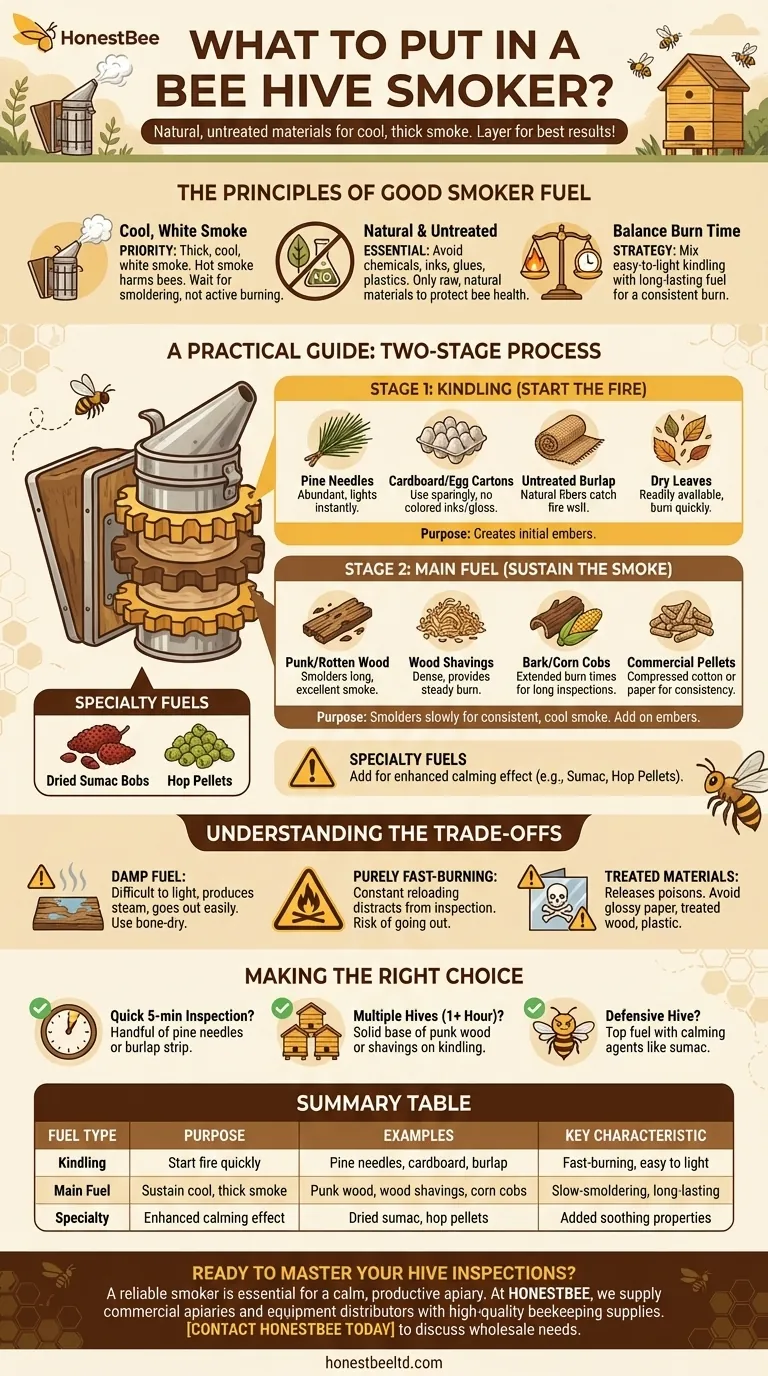
Related Products
- 54-Piece Smoker Fuel Pellets for Beekeeping Beehive Smoker Fuel
- Economy Galvanized Beekeeping Honey Bee Smoker for Wholesale
- Stainless Steel Honey Bee Smoker Hive and Honeycomb Smoker for Beekeeping
- European Stainless Steel Bee Smoker for Honey Bee Hive
- Premium Traditional Copper Bee Smoker with Bellows
People Also Ask
- What can I use for bee smoker fuel? Choose Safe, Natural Materials for a Calm Hive
- What fuels are recommended for beehive smokers? Master the Art of Calm, Controlled Inspections
- What is the best material for a bee smoker? Choose the Right Fuel for a Calm Hive
- How should you start the fire in a bee smoker? A Step-by-Step Guide for a Calm Hive
- What is used in a bee smoker? Master the Best Fuels for Calm, Healthy Hives








